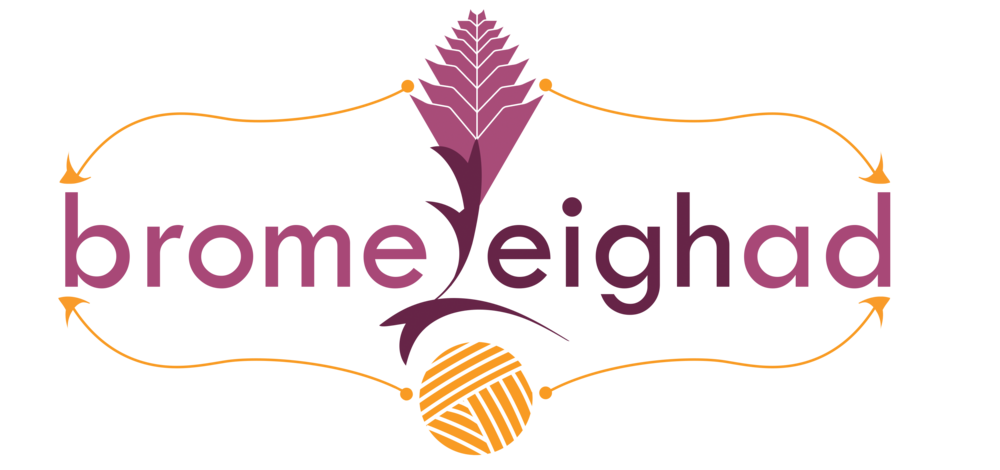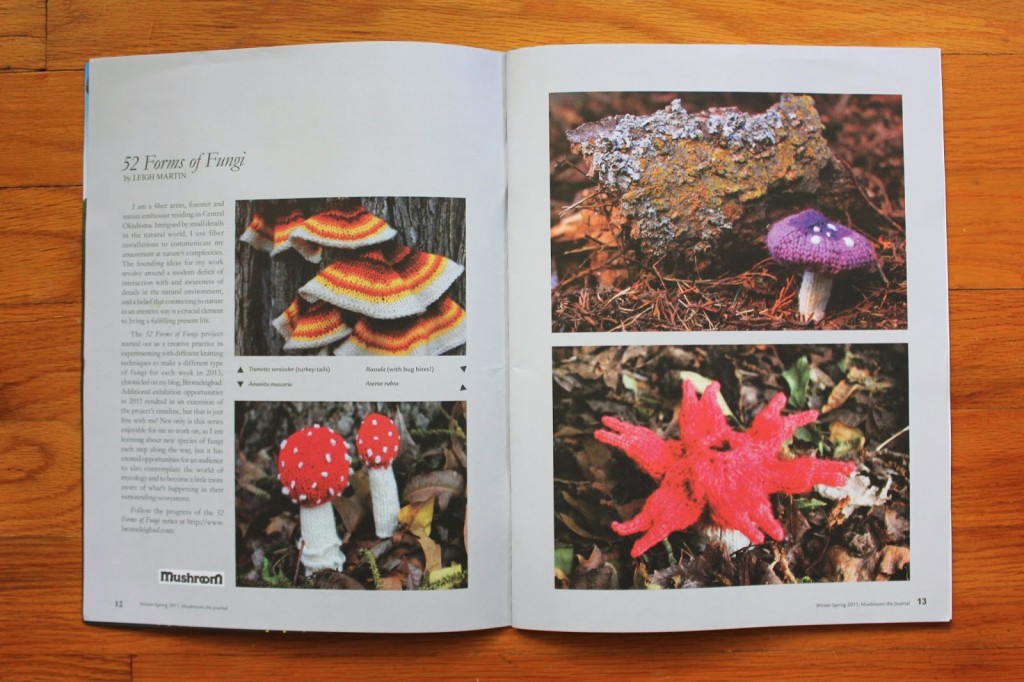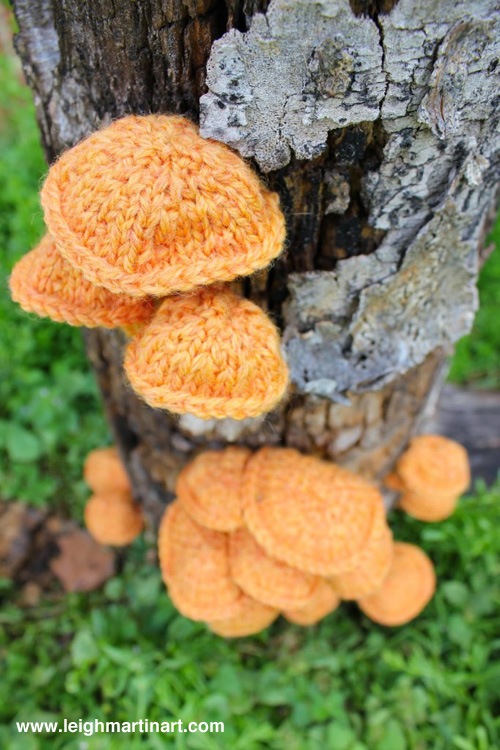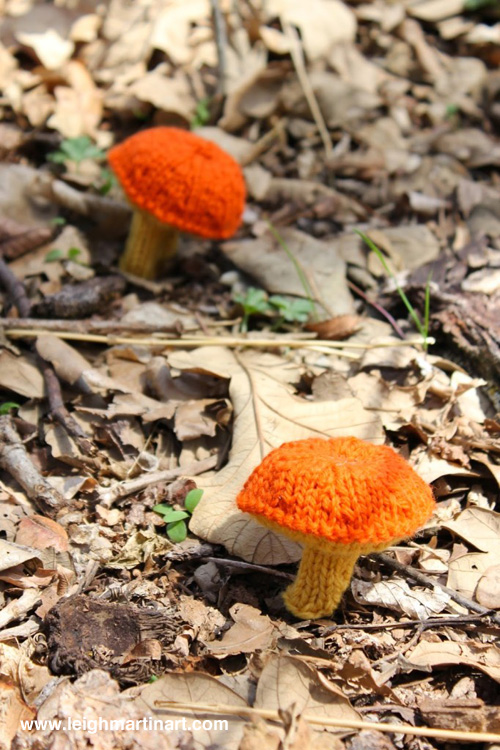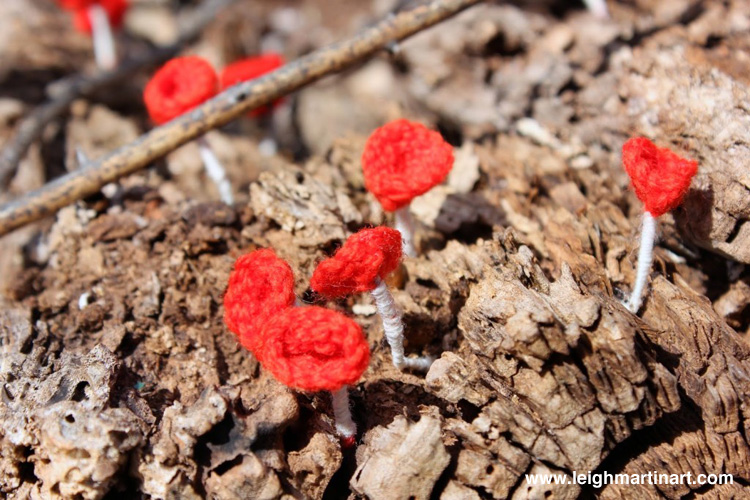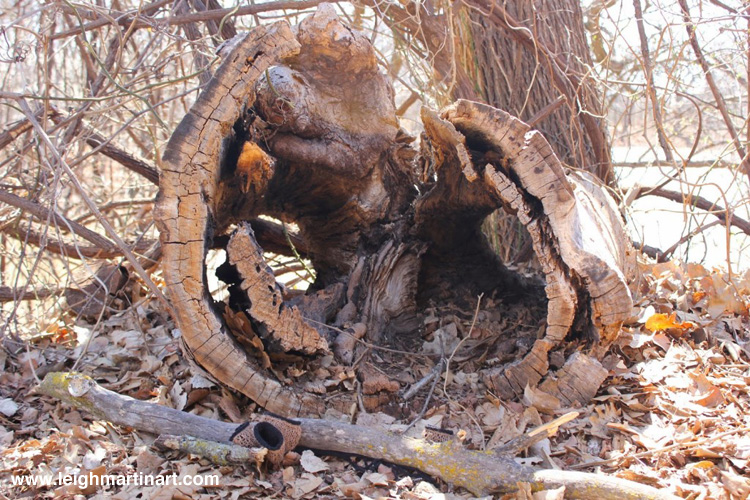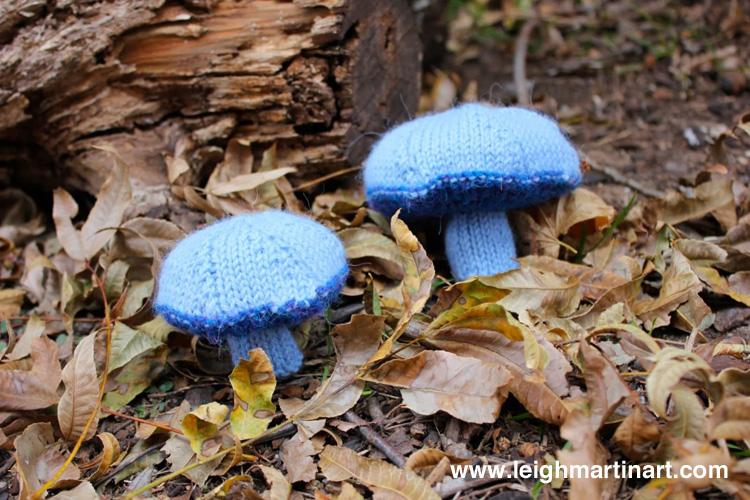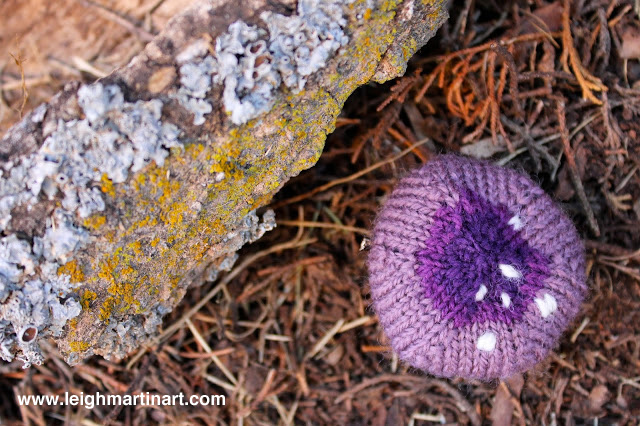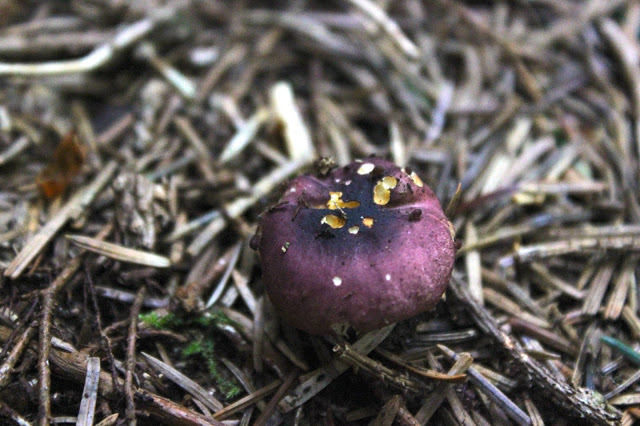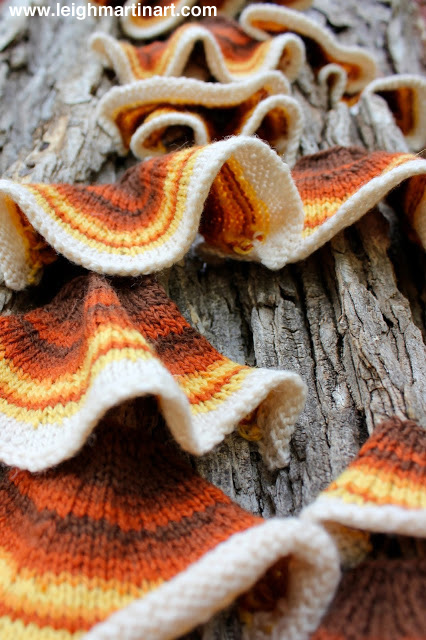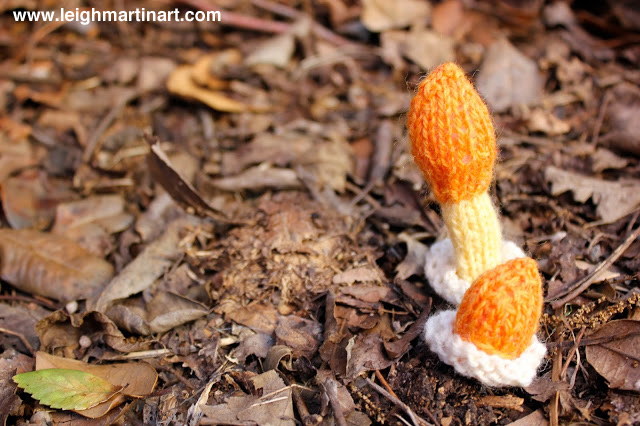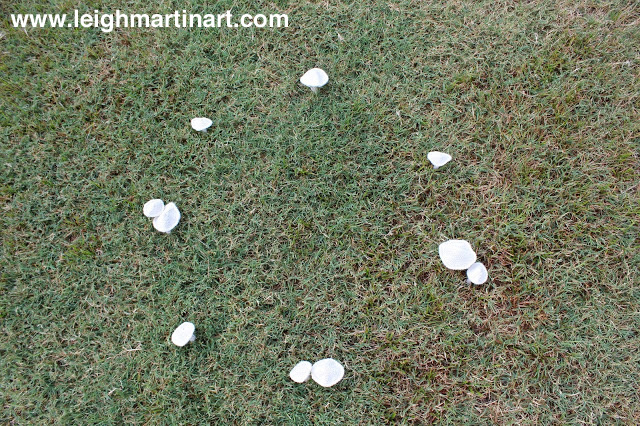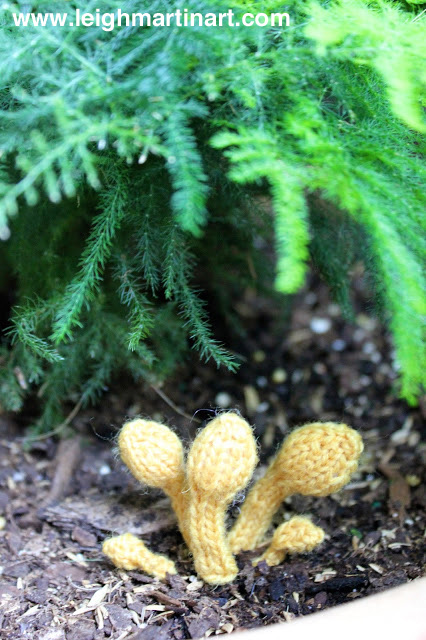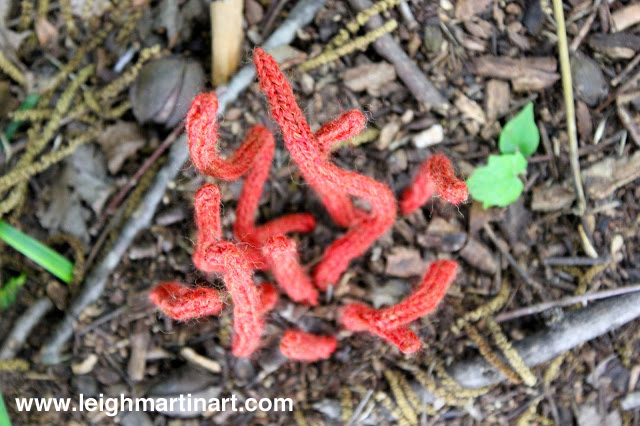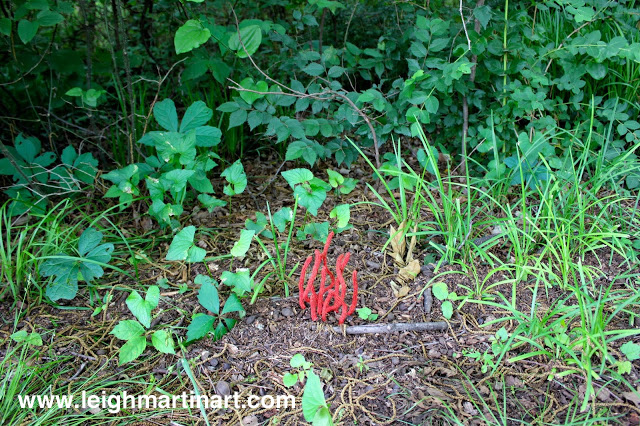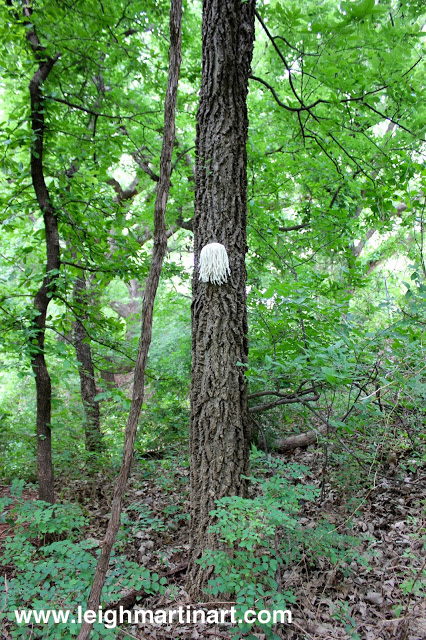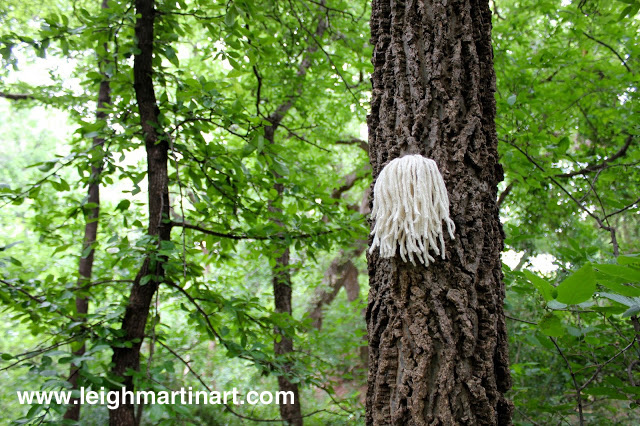Words cannot express how excited I am to be back on this project again! I've definitely missed it. The next few forms for the 52 Forms of Fungi series also include a bit of exciting news...
Berroco offered recently to provide yarn for some of my mycological creations, and I shortly thereafter received a nice little package of
Ultra Alpaca (one of my most favorite yarns!) in multiple gauges and a variety of colors, as well as a couple of other yarny surprises. I am overwhelmed with gratitude for the support, and want to say a big "THANK YOU!" to Norah Gaughan and the
Berroco team.
Thanks also to all of you who have followed along with the project and reached out along the way - it means a lot.
Momentum Tulsa sidetracked me a little bit, and with the current first time homebuying milestone it's looking like completing all 52 forms by the end of the year is most likely not going to happen. However, this just means that the fungi will keep on coming for a while longer, so I'm okay with this! I hope you'll keep checking back to see more.
Now, what do we have here? This is
Lactarius indigo, which exudes a dark blue milky substance when cut. Sounds like a fantasy novel, doesn't it? How incredible that these things exist in real life. The range apparently passes through my state, but I have yet to see one in person. Are there any tricks on where to look for these beauties? **Edit: I had previously reported that this is a good mushroom for dyeing wool, but Alissa Allen from
Mycopigments has clarified this for me and I'm sad to find out that the blue milky cap does not really transfer to a dye very well. I would still love to see one, however!
To create these blue milky cap fungi, I used Berroco's
Ultra Alpaca yarn in Pastel Blue and Azure Mix.
